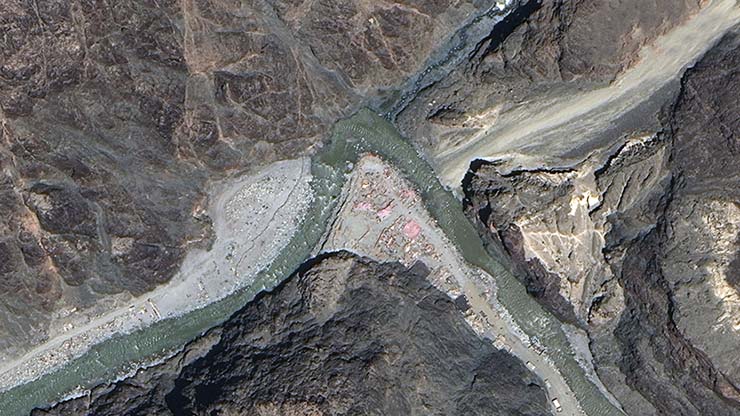
Arecent article published by The Taiwan Times titled “US Government Slams China’s Maritime Ambition In SCS” needs to be deliberated at length due to the strategic nature and wider implications the subject matter carries for the world. The world is slowly coming to terms with China’s aggressive designs with a gradually greater understanding of its nature and intent.
COVID-19 has only accelerated this understanding and realisation.
It should not be a big surprise then that this understanding started with the unwrapping of ‘Peaceful Rise’ of China’s (Heping Jueqi) Mask, given by Zheng Bijian (2003) and propagated extensively by Chinese strategists as part of a well-planned and orchestrated propaganda campaign which portrayed it as a responsible, peaceable, and non-threatening global power in the international arena.
This mask covered China’s face to the world!
US Secretary of State Mike Pompeo’s assertion that “Beijing uses intimidation to undermine the sovereign rights of Southeast Asian coastal states in the South China Sea, bully them out of offshore resources, assert unilateral dominion, and replace international law with ‘might makes right’ is credible, timely and significant on several fronts.
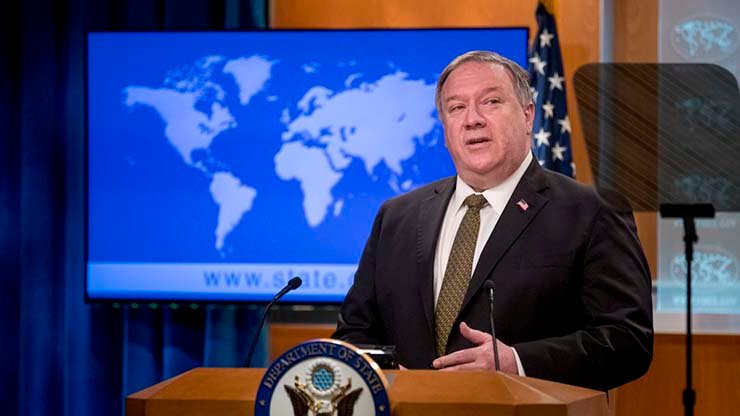
And, the statement has long term strategic ramifications for nations already feeling threatened by the expansionist policies of the PRC.
It is also a call for united action to face up to the ever growing challenges posed by China.
Even though, it is hard to predict US President Donald Trump, the signals are a sign for nations like Taiwan, India, Japan, Australia, the United Kingdom, South East Asia and West Asian nations along with the EU to work in tandem.
This single statement provides a comprehensive indication that the US still holds the fort in the unipolar world as the lone super power frail nations can count on during troubled times.
The world within a short period has quickly realised the ‘peaceful rise’ term no longer exists, or at best is a ‘myth’ of magnificent proportions, given the aggressiveness in Beijing’s dealings in the Indo-Pacific region, and the strong arm tactics at the India-China border.
With all its encompassing aggressiveness, the world is unaware of the dangers of debt-trap diplomacy being played by China.

And Mike Pompeo has failed to address this concern.
A report published by Harvard Business Review dated February 26 this year, and written by Sebastian Horn, Carmen M. Reinhart and Christoph Trebesch highlights the dangers posed to the world reeling under a US$ 1.5 trillion loan to 150 countries at differential rates.
The problem with the debt becomes all the more grievous with a systematic underreporting of ‘hidden debt’ which makes the picture murkier for analysts to estimate overall problems.
A CIA report estimated at least 3,000 grants and 2,000 loans have been administered by the People’s Republic of China (PRC) to international debtors between 1949 and 2017.
This has resulted in a rise in the average stock of debt owed to China in 50 developing nations from one per cent to 15 per cent within just the past decade.
A dozen nations including Djibouti, Tonga, the Maldives, the Republic of Congo, Kyrgyzstan, Cambodia, Niger, Laos, Zambia, Samoa, Vanuatu, and Mongolia now have debts at more than 20 per cent of their GDP. As a result, many of these nations have had to hand over ownership of several investments, and swathes of sovereign territory to the Chinese government.
Hambantota Port in Sri Lanka is a classic example of the PRC’s sinister plan. The port which was built with a massive loan provided to Sri Lanka by China but was handed to Beijing as the country failed to service the debt; a major loss of face for the island nation. The PRC now uses the port as a base for its submarines to keep an eye on Diego Garcia, the Malacca Straits, as well as Indian naval movements, a major concern for the world.
No love is lost in the way China has been provoking Japan in the Senkaku Islands either, through its territorial transgressions, nor the high handedness meted out to pro-democracy protesters in Hong Kong.
The national security act forced on the civilian population of Hong Kong is a pointed reminder of its malicious intent to foment chaos, and promote land grabbing without concern for anyone involved.
A series of war-mongering threats, and warnings to Taiwan cannot be missed, nor can the capture of Tibet.
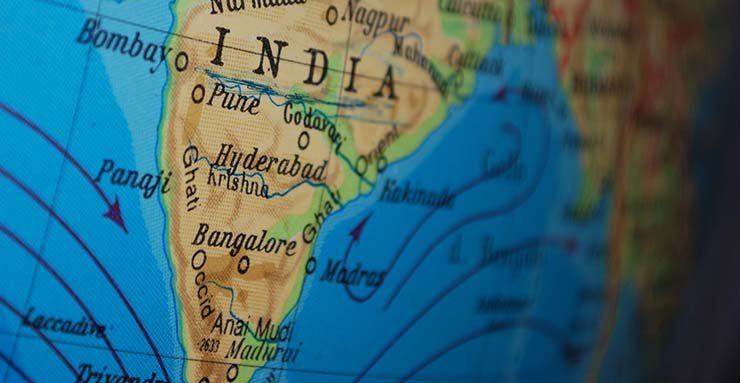
A recent encroachment on a Nepali village and merging it with China followed by Bhutanese land being claimed by the Chinese as its own sovereign territory has only fueled shared anger across multiple nations.
Additionally, a recent diplomatic spat with Kazakhstan, a liberal Muslim nation and one which shares borders with China, whereby China sought to mislead the world by claiming the origin of another pandemic occurred in that nation has ruffled feathers in Central Asia. Kazakhstan immediately issued a swift denial to the Chinese claims.
These expansionist policies and the debt trap utilised by China has led to severe ramifications for Islamic nations in the West Asia and Africa.
How can the Muslim world forget the planned and deftly orchestrated extermination of the Uyghur Muslims?
But, given the economic and military clout of China, it is no surprise that West Asian nations are unwilling to take up cudgels individually against an expansionist and increasingly racist China.
The US with its deep strategic penetration in the region can play a significant role as the ‘glue’ in making the region aware of the threats that China possess to their sovereignty. Additionally, the US with its naval capabilities and presence in the Indo-Pacific region needs to fortify its presence in South China Sea while working in tandem with Association of Southeast Asian Nations (ASEAN) nations.
With the might of the US Navy embarking on ‘freedom of navigation’ visits in the South China Sea led by its nuclear powered aircraft carriers, a clear message will be sent to the Chinese regime that the name ‘South China Sea’ does not mean that it holds sole jurisdiction over the South China Sea, nor does it indicate ownership of the ‘South China Sea’.
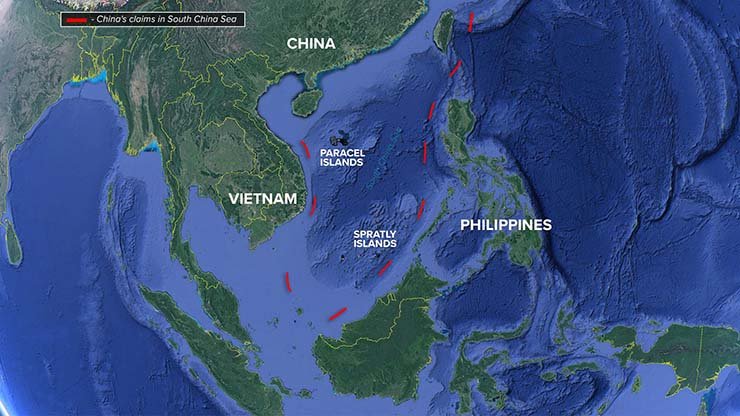
Given that India will be a two aircraft carrier nation, New Delhi could also soon provide additional strength to South East Asian nations in warding off China.
Strategically even if China presumes itself to be surrounded by friends, the truth is that it stands isolated given its recent contribution of the Coronavirus to the world, and the ambiguity with which it handled the pandemic.
With respect to its conflict with India at the Galwan Valley, it seems that it is living in a fool’s world underestimating India’s military strength.
Its tacit understanding for advancing a ‘two front war strategy’ to counter India may face a severe backlash given the ground swell of support for India which was recently seen winning a Non-Permanent Security Council seat at the United Nations with 184 of a total of 192 votes.
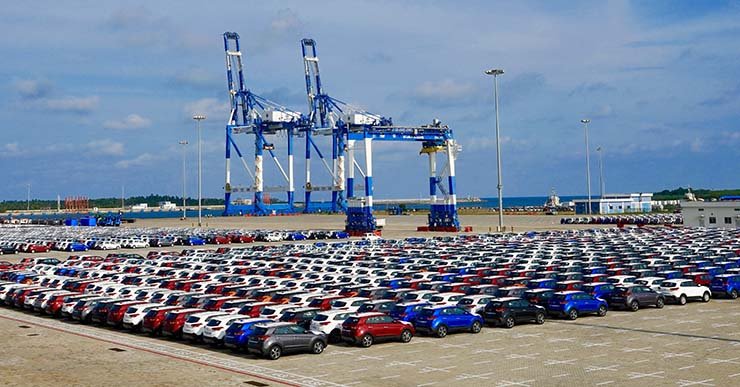
The statement made by Mike Pompeo referring to China as a ‘rogue actor’ and his consolations over the killing of Indian troops in Galwan is to be seen as an indication that India and the US are closely working together to ward off any eventuality.
His views on Chinese aggressiveness are fair and timely by all counts.
Beijing should not remain under the illusion that the world can be fooled by its ‘TikTok propaganda videos showing its ‘peaceful rise’.
Instead, Beijing should be forewarned, and would do well to mend its ways.
-The writer is an Assistant Professor in Strategy and Entrepreneurship at Nirma University, Ahmedabad. A PhD from IIT Kharagpur, Dr saurabh writes on international geopolitics, and previously contributed articles and opinions to United States Naval Institute (USNI), Nikkei Asian Review and Taiwan Times. He can be connected at punit@nirmauni.ac.in. The views expressed are personal and do not necessarily carry views of Raksha Anirveda








